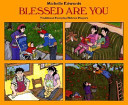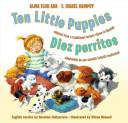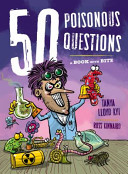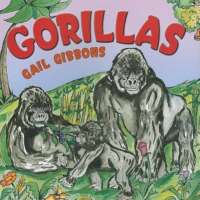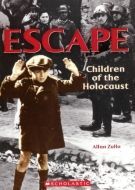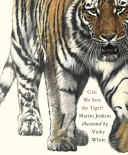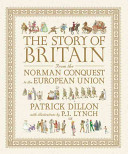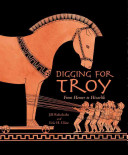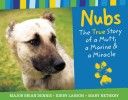
Nubs, an Iraqi dog of war, never had a home or a person of his own. He was the leader of a pack of wild dogs living off the land and barely surviving. But Nubs’s life changed when he met Marine Major Brian Dennis. The two formed a fast friendship, made stronger by Dennis’s willingness to share his meals, offer a warm place to sleep, and give Nubs the kind of care and attention he had never received before. Nubs became part of Dennis’s human “pack” until duty required the Marines to relocate a full 70 miles away–without him. Nubs had no way of knowing that Marines were not allowed to have pets.

